Before we start the camera comparison, let's begin with the camera technology inside every smartphone. Also, please be noted that the Asus ZenFone 5 we used to compare is a media sample, which is different from the retail version. We will retest it once we have received the retail version.
Camera Technology:
Asus ZenFone 5 vs HTC One (M8) vs Huawei Honor 3C
8 MP PixelMaster vs 4 MP UltraPixel Duo Camera vs Regular 8 MP
LED flash vs two-tone dual-LED flash vs LED flash
2 MP front vs 5 MP front vs 5 MP front
f/2.0 aperture vs f/2.0 aperture vs f/2.0 aperture
Asus ZenFone 5
The Asus ZenFone 5 packs an 8 MP f/2.0 camera with PixelMaster technology. The PixelMaster technology combines software, hardware and optical design to deliver incredible image quality. The PixelMaster's low-light mode allows you to take clear photos or videos. Through a combination of adjusting the pixel size and image processing algorithms, Asus has increased the light sensitivity by up to 400%, enhanced noise reduction and boosted colour contrast by up to 200%.
The camera interface and modes
With PixelMaster technology, the ZenFone 5 now has new modes and features such as time rewind, low light, selfie, miniature and depth of field modes.
Those modes are quite identical to HTC, LG, Samsung and Sony camera features. The time rewind is similar to the timeshift burst and the miniature mode is similar to the one that found on HTC smartphones.
HTC One (M8)
The HTC One (M8) packs a 4 MP camera with UltraPixel technology on its back. Unlike other flagship devices, the M8 features Duo Camera which comes with a ton of nice features.
The camera interface
The camera interface has changed from previous Sense version, the camera shutter and video recording buttons are now not separate instead of staying at the same screen.
The camera modes
The latest Sense 6 camera interface offers different modes - Auto, Night, HDR, Panorama, Anti-shake, Manual, Portrait, Landscape, Backlight, Text and Macro mode.
Huawei Honor 3C
The Huawei Honor 3C has an 8 MP shooter at the back with LED flash. Another selling point of it is the 5 MP front-facing camera, which you don't usually get in an affordable smartphone.




Camera interface
The photo capture and video record mode shares the same camera interface at one screen, which makes the framing a little bit tricky.
Outdoor Shoot



Asus ZenFone 5 - HTC One (M8) - Huawei Honor 3C
From the images above, you clearly see that the colour temperature of the Asus ZenFone 5 looks a bit too warm, while the HTC One (M8) and Huawei Honor 3C look natural. The HTC One (M8) has lower noise level comparing to both ZenFone 5 and Honor 3C, however it has captured the least details comparing to both ZenFone 5 and Honor 3C.
Indoor Shoots



Asus ZenFone 5 - HTC One (M8) - Huawei Honor 3C



Asus ZenFone 5 - HTC One (M8) - Huawei Honor 3C



Asus ZenFone 5 - HTC One (M8) - Huawei Honor 3C


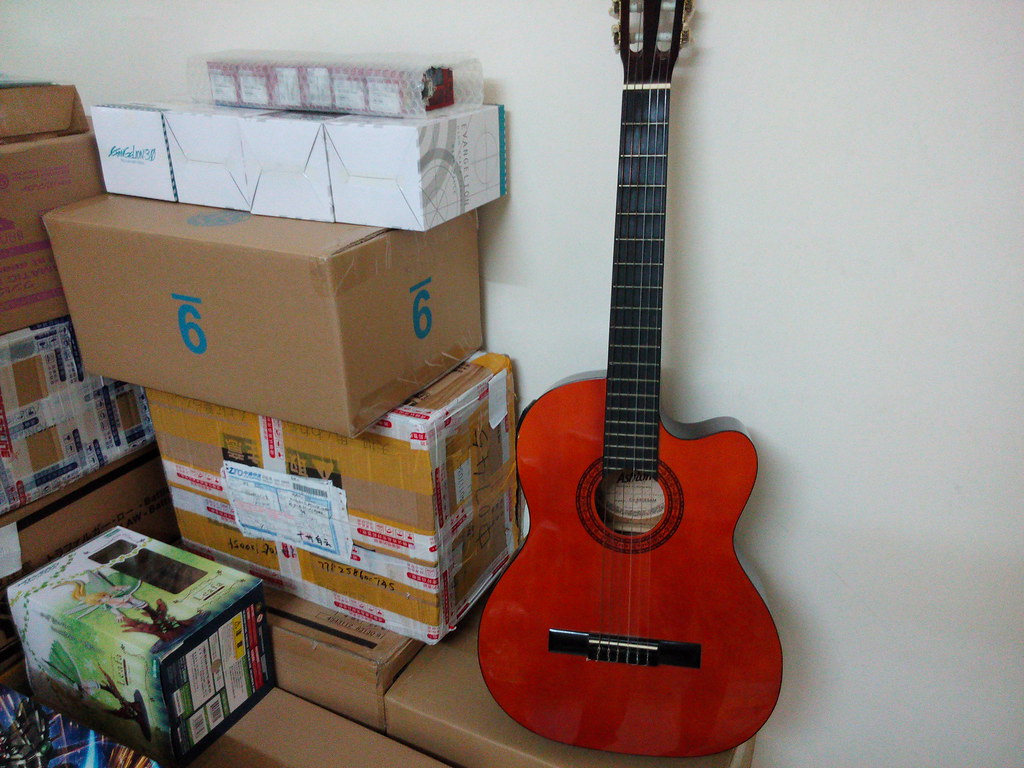
Asus ZenFone 5 - HTC One (M8) - Huawei Honor 3C
Indoor shoots, the HTC One (M8) again has captured the least details comparing to other two as it has low resolution camera. However it has the most accurate colour as the ZenFone 5 turns out a little bit warm and the Honor 3C lacks of vibrance. The ZenFone 5 did the best result in the first and second photo, however it suffers from brown strips effect if you shoot direct under the light.
Macro Shoots



Asus ZenFone 5 - HTC One (M8) - Huawei Honor 3C



Asus ZenFone 5 - HTC One (M8) - Huawei Honor 3C
From the macro shoot samples above, you can clearly see that the ZenFone 5 produces the best results by showing the green colour. The One (M8) looks a bit boring but surprisingly it has the sharpest images comparing to the ZenFone 5 and Honor 3C.
Low-light
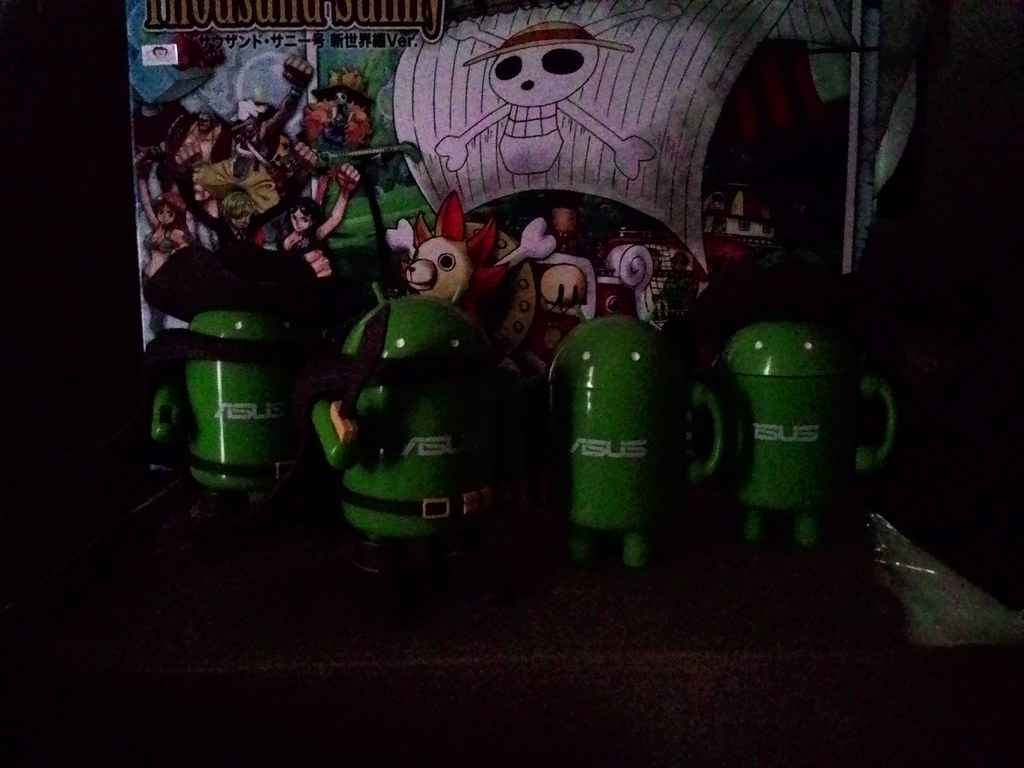


Asus ZenFone 5 - HTC One (M8) - Huawei Honor 3C



Asus ZenFone 5 - HTC One (M8) - Huawei Honor 3C



Asus ZenFone 5 - HTC One (M8) - Huawei Honor 3C
The Asus ZenFone 5 and HTC One (M8) will be the only two devices that can fight with each other, as the Huawei Honor 3C produces black and white like images quality. We have tried three devices with same light condition. The HTC One (M8) did the best to capture more lights in normal mode, whereas the ZenFone 5 is good while showing green colour. With the low-light mode, the Asus ZenFone 5 did really great job in capturing more lights, but we still prefer the HTC One (M8) night mode as it has lesser noise and it has nice overall looking. With LED flash on, the HTC One (M8) two-tone dual-LED flash shines with good amount of details and less reflective LED flash, but the Asus ZenFone 5 produces more natural colour. The Honor 3C is able to capture more details of the image comparing to its flash off images but the objects are off focus.

HTC Duo Camera effects
At last we have to highlight the HTC One (M8) Duo Camera features. With Duo Camera, the One (M8) is able to add effects on the photos, but before that you need to make sure that you didn't block the Duo Camera.







Photo effects: Normal | UFocus (1) | UFocus (2) | Sketch | Cartoon | Colourise | Zoom Blur
The new image effects bring the photography on mobile to another level. The UFocus effect is basically same as Nokia Refocus feature, but it takes faster time to capture the images thanks to the Duo Camera.
Lastly, we have to say that the affordable smartphone is totally different level than the high-end smartphone with over RM 2,000 price tag. Although the Asus ZenFone 5 maybe have a good camera which can challenge the HTC One (M8), but the One (M8) Duo Camera features are far better than the regular features that found in now a day smartphone. Plus, the HTC One (M8) has better specs in town as well as one of the best display. We can only say that the HTC One (M8) is a true Android killer smartphone, but the Asus ZenFone 5 and Huawei Honor 3C have their selling point too.
Update

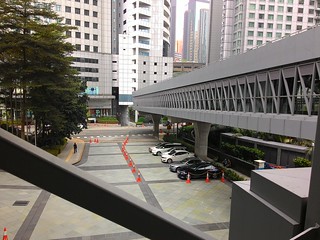


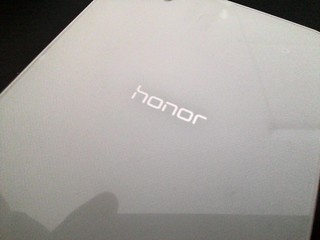
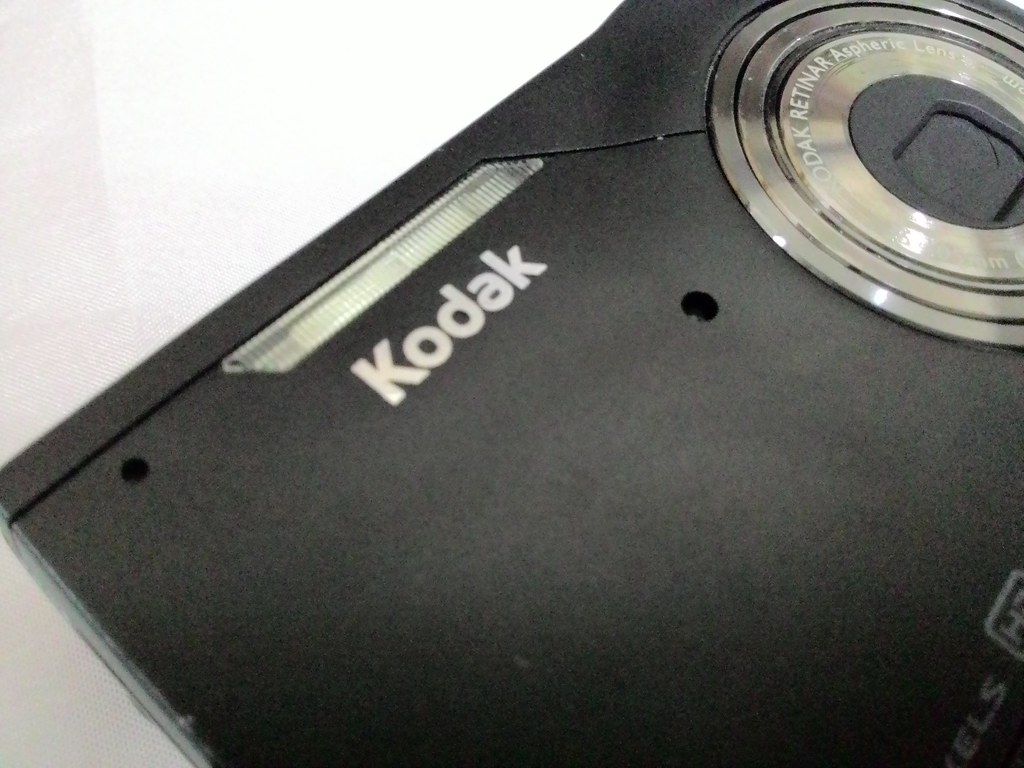
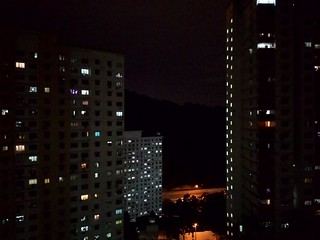
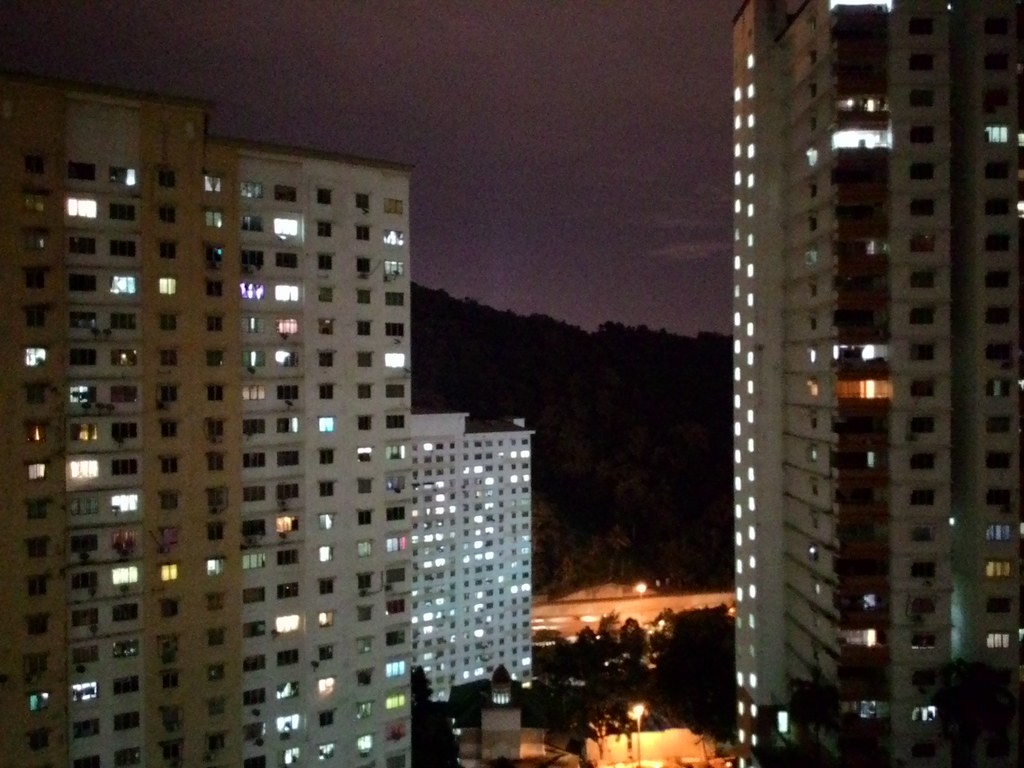
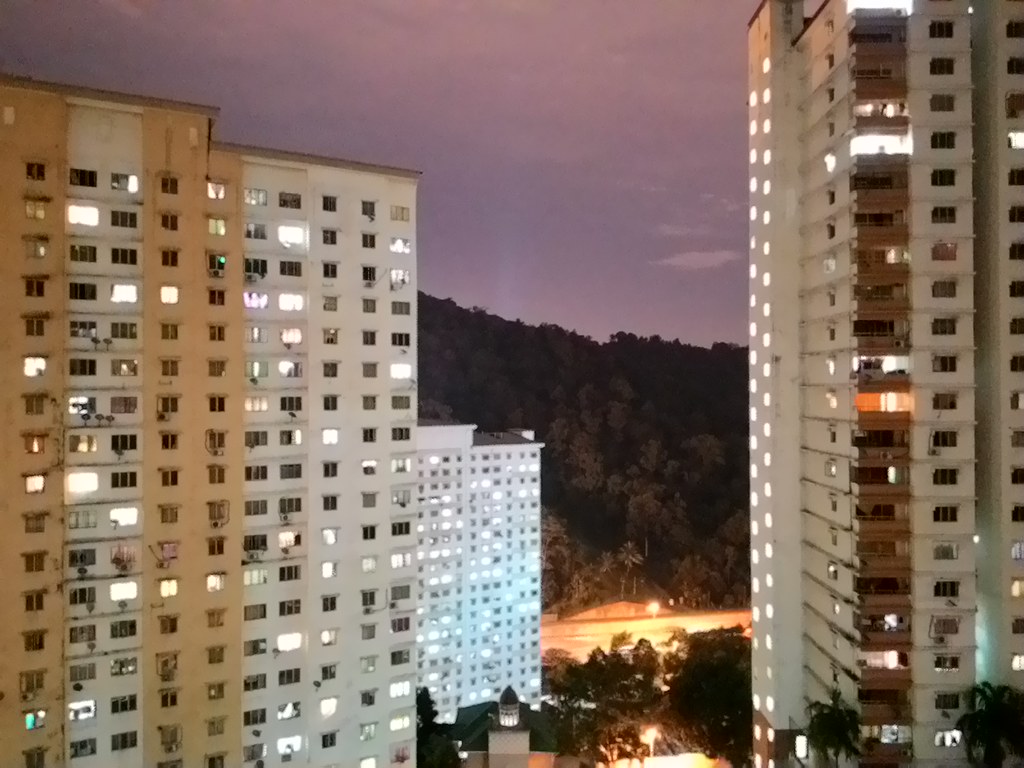
Asus ZenFone 5 camera samples
This comparison is based on our personal opinion, which means there may be different opinion from other people.














Post a Comment